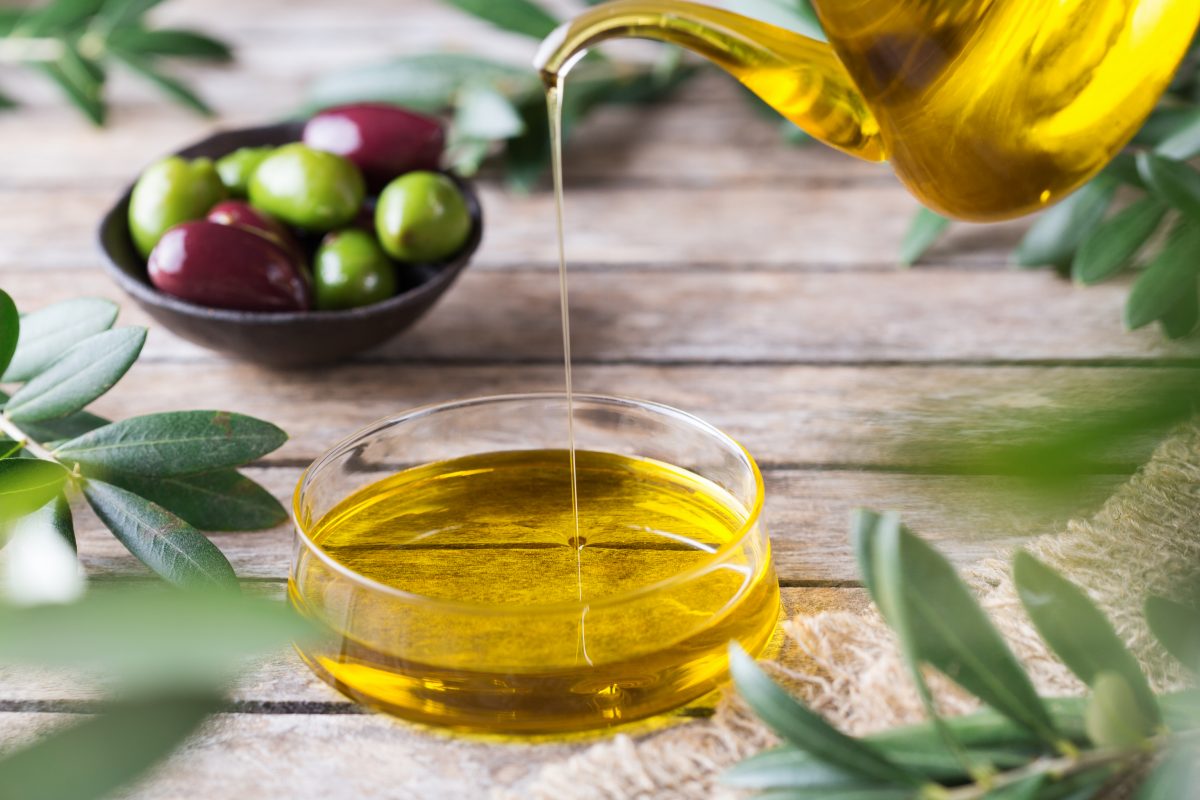D.O.P. Oil
Evolving Taste: How Does Nocellara del Belìce Oil Change Over Time?
The Evolution of Nocellara del Belìce Extra Virgin Olive Oil
Nocellara del Belìce extra virgin olive oil is one of Sicily’s gastronomic treasures. This cultivar, originating from the Belìce Valley, is celebrated not only for its distinctive table olives but also for the high-quality oil derived from it. But how does the flavor of this oil evolve over time? In this article, we’ll explore the transformations that Nocellara del Belìce oil undergoes as the months pass, examining the factors influencing its organoleptic profile and how to best preserve it to appreciate its full range of flavors.
Characteristics of Fresh Nocellara del Belìce Oil
Freshly pressed Nocellara del Belìce oil stands out for its intense green color with golden reflections. On the nose, it offers a fruity bouquet of fresh olives, accompanied by herbaceous notes and hints of green tomato, artichoke, and almond. On the palate, it is balanced, with bitterness and spiciness that are present but harmonious, reflecting the high levels of polyphenols—beneficial antioxidants for health.
The Evolution of Oil Over Time
As time passes, extra virgin olive oil inevitably undergoes chemical and organoleptic changes. The polyphenols, responsible for the bitterness and spiciness, tend to decrease, while oxidation processes alter the oil’s taste and aroma.
Factors Influencing Aging
Several factors can either accelerate or slow down the aging of the oil:
- Exposure to Light: Light, especially sunlight, promotes oxidation of the oil. This is why it is essential to store the oil in dark bottles or opaque containers.
- Temperature: High temperatures accelerate the degradation process. The oil should be kept in a cool place, ideally between 12 and 16°C (54-61°F).
- Contact with Oxygen: Oxygen is one of the main agents responsible for oxidation. It is important to minimize the oil’s exposure to air by tightly sealing containers after use.
- Container Material: Using inert containers such as dark glass or stainless steel helps preserve the oil’s qualities.
Changes in Organoleptic Profile
As the months go by, Nocellara del Belìce oil undergoes subtle transformations:
- Fruity Aromas: The fresh and green fruity notes begin to fade, giving way to more mature and sweet undertones.
- Bitterness and Spiciness: With the decrease in polyphenols, the bitterness and spiciness lessen, making the oil smoother on the palate.
- Color: The initial intense green color may shift towards yellow hues, signaling the natural evolution of the product.
How to Enjoy the Oil at Every Stage
Each stage of Nocellara del Belìce oil’s evolution offers different but equally enjoyable tasting experiences. Fresh oil, with its intense aromatic profile, is perfect for drizzling over simple dishes like bruschetta, salads, or legume soups, where it can showcase its fruity and peppery notes. More mature oil, with its gentler flavor, can be used for lighter cooking or to enhance dishes with subtler flavors.
Tips for Proper Storage
To maintain the oil in the best possible condition, it is recommended to:
- Use Proper Containers: Prefer dark glass bottles or stainless steel cans.
- Store Away from Light and Heat: Keep the oil in a cool, dark place, away from heat sources.
- Avoid Contact with Air: Seal containers tightly, and if possible, transfer the oil into smaller bottles as it’s consumed to reduce air space.
Conclusion
Nocellara del Belìce extra virgin olive oil is a living product that evolves over time, offering a variety of taste nuances. Understanding how its organoleptic profile changes allows us to fully appreciate it at every stage of its life. By storing it properly and using it appropriately, we can enjoy all of its qualities, enhancing our dishes and rediscovering the richness of Sicilian olive-growing tradition with every taste.


